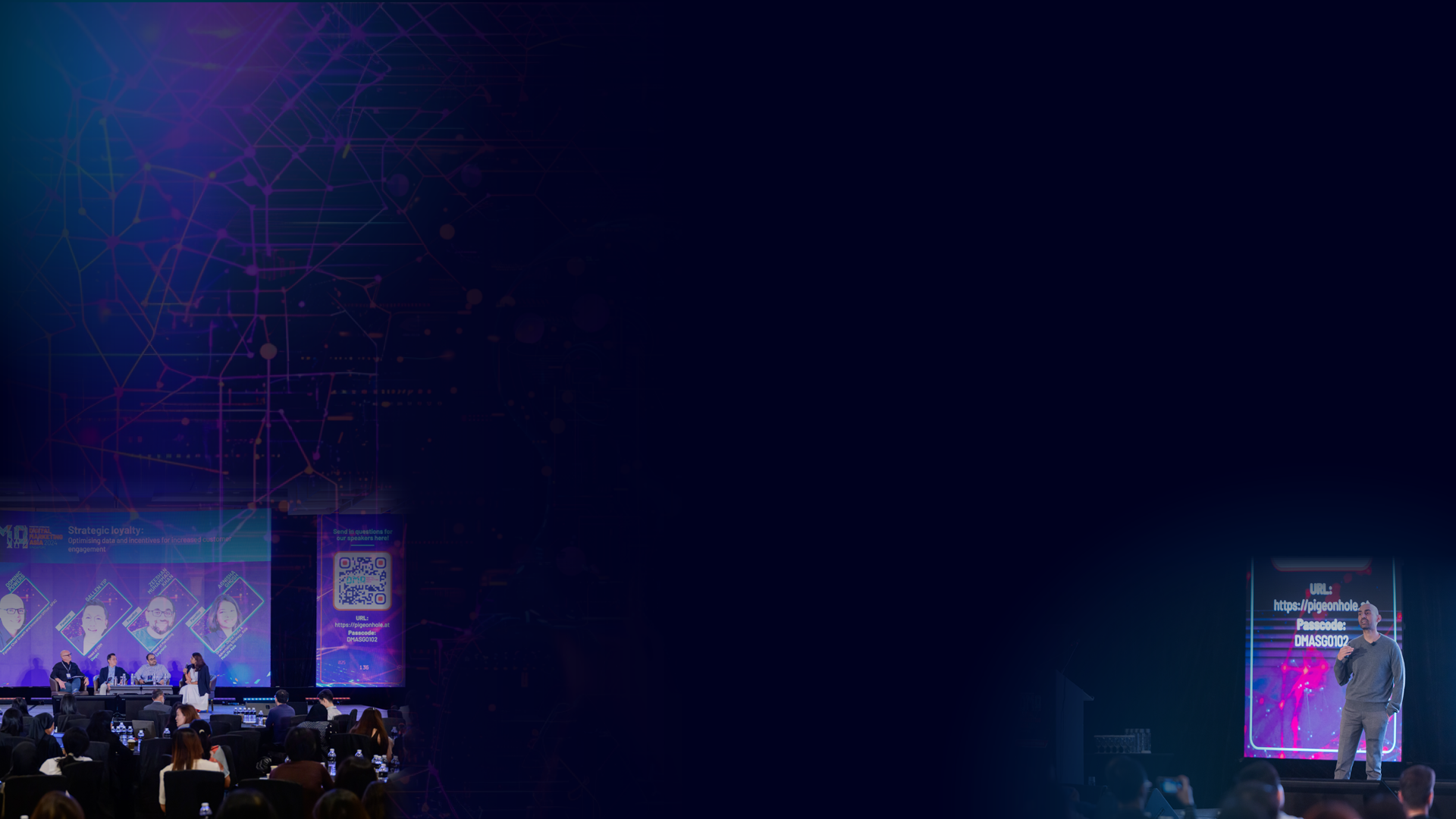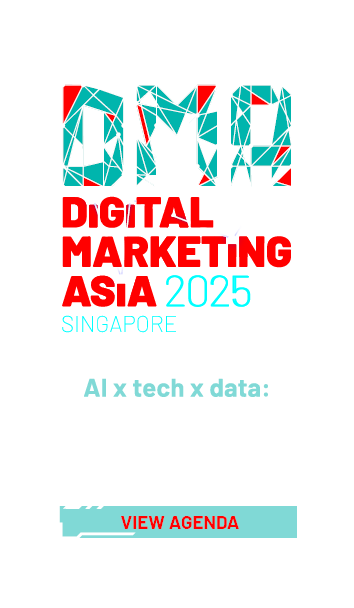



Similarity in Malaysia Airlines and Batik Air ads raise questions on originality
share on
Malaysia Airlines (MAB) is finding itself in an unexpected position after elements of its global brand campaign “Time for” surfaced in an unlikely place — in promotional ads by Batik Air.
MAB’s “Time for” campaign, which launched earlier this year, was developed as a strategic narrative to mark a new chapter for the carrier. With thematic storytelling and a consistent “Time for…” headline treatment, the airline positioned itself around the idea that it is always the right time to travel with Malaysia Airlines. The campaign has since rolled out globally across multiple platforms and destinations.
In early August, however, ads by Batik Air appeared online with a near-identical “Time for” headline, a visual treatment bearing strong resemblance to MAB’s, and creative elements that placed flight attendants against destination backdrops. While Batik Air’s campaign was targeted at the Indian market, and specifically promoted routes to Australia (Perth, Sydney, Melbourne), the similarities were difficult to ignore.
Based on checks by MARKETING-INTERACTIVE, Batik Air's campaign was live on Meta Ads from 5 August 2025, for platforms such as Instagram, Facebook, Messenger, and Threads. However, the ad campaign was no longer live on the Meta Ads library on 11 August. In its place, is an Independence Day sale campaign, promoting flights from India to Malaysia, Indonesia and Vietnam, which went live on 8 August.
Don't miss: Instagram is now searchable: What it means for brands and content creators

Screenshot of Batik Air's website featuring a "Time for Australia" banner image, taken on 7 August 2025.

Batik Air's ads featuring the "Time for..." tagline, taken from Meta Ads library.
When asked for comment, Batik Air declined. Meanwhile, in a statement, Malaysia Airlines said:
“Malaysia Airlines launched a global marketing campaign ‘Time For’ earlier this year as a strategic narrative to reflect a bold new chapter for the airline and our passengers. We are aware of the recently launched content by another airline bearing striking similarities in title and thematic style. While we refrain from speculating on intent, we believe in the importance of originality and brand integrity, especially in an industry where distinctiveness matters. Our focus remains on delivering meaningful storytelling and authentic experiences that reflect Malaysian Hospitality and inspire global travellers.”
Industry experts weigh in
Adding to the overlap, Batik Air’s ads employed fonts that closely mirrored MAB’s execution, albeit in different colours. Industry observers pointed out that even if the campaign was intended as a tactical promotion rather than a broader brand platform, the resemblance risked blurring differentiation between the two carriers.
Kenny Wong, former CMO of UEM Sunrise, noted that while Malaysia Airlines’ campaign was holistic and branding-led, Batik Air’s was tactical in nature, pushing call-to-action messages such as “zero convenience fee” and “20kg baggage allowance.” Yet, he said the similarities were unmistakable, from the headline treatment to the use of flight attendants in the foreground and destination shots in the background.
Wong believes the overlap was likely unintentional. He argued that “Time for” is a versatile phrase that copywriters might instinctively land on but said more thorough checks could have prevented the clash. He said:
No brand or marketer would like to be branded as having plagiarised or be a copycat.
"I think it was unintentional and at worst, a lack of due diligence,” he explained. Still, Wong added that given MAB’s scale, it would not have been difficult to discover the campaign with a quick search.
For Farrokh Madon, chief creative officer of Pirate, the issue cuts deeper. He highlighted the “identical headlines and split-screen imagery,” questioning why such basic differentiation was overlooked especially since Malaysia Airlines had been running ads in the same tone and style for much longer. Madon said:
The core task for any creative agency is to create a positive differentiation for the ads.
“You can only do that if you have a complete view of what the competition is doing. In this case, they seem to somehow have been unaware, and it’s hard to understand why such basics were missed," he added.
Meanwhile, Sharon Koh, former head of marketing of Scoot, and founder of consultancy The Brand Imprint, gave a different take. While she acknowledged the “striking similarities” between the two, she suggested that Malaysia Airlines might take it as a compliment. "It’s not my place to comment on Batik Air’s intent, but as a third-party observer, kudos to the Malaysia Airlines team for creating such a compelling campaign that resonated strongly enough to be echoed by another airline." She added:
Imitation is often said to be the highest form of flattery.
“For Batik Air, the debate may actually have amplified awareness and generated more attention than the campaign might otherwise have achieved. Hopefully, that translated into meaningful traction and revenue results for them," said Koh.
Malaysia Airlines' "Time for memorable journeys" campaign as seen on its Instagram feed.
Lessons for brands
The situation highlights the broader challenges marketers face in balancing originality with relevance, particularly in highly competitive industries such as aviation. While some similarities between campaigns may occur by coincidence, experts noted that overlaps can also result from creative shortcuts, insufficient market scanning, or simple oversight during execution.
As Wong pointed out, cases of brands resembling one another are not uncommon, with some deliberately drawing inspiration from competitors through similar taglines, themes, or visual treatments. In most situations, however, these efforts tend to involve enough tweaks to be seen as playful nods or competitive banter rather than direct replication.
"But to be honest, I like brands which take the mickey out of their competitors, like the campaign BMW launched, timed with the retirement of Mercedes-Benz CEO Dieter Zetsche. This is competition at its best, without copying or replicating anything," added the former UEM Sunrise CMO.
From a creative standpoint, Wong added that tactical campaigns do not necessarily need to mirror established themes to be effective. Alternatives such as “There’s always time to change to…”, “Anytime is a good time for…”, or “There’s no time like now for…” could deliver urgency and call-to-action without overlapping with a rival’s positioning.
More broadly, the experts agreed that the key takeaway for marketers is to remain vigilant about competitive awareness and to prioritise originality in campaign development. Even unintended similarities can risk confusing audiences or diluting brand distinctiveness, both of which carry long-term implications for credibility and consumer trust.
In 2023, Edward Bell, Cathay Pacific's GM for brand, insights and marketing-communications, pointed out on LinkedIn the "strong resemblance" between Singapore Airlines' new "Welcome to world class" campaign and Cathay Pacific's "Life well travelled" campaign released in 2015. While the post stirred up conversation within the LinkedIn community, former airline marketers told MARKETING-INTERACTIVE that there isn't much room for differences in tourism marketing.
Sagar Paranjpe, former head of marketing strategy and creative at Malaysia Airlines, said that in both instances the campaigns made by the brands embraced their own versions of travel. Schrene Goh, former marketer of Malaysia Airlines also shared that most of the brand or destination videos will somewhat look the same showcasing travel destinations within their network. Sharon Koh, former marketer at Scoot, said it definitely was not the only execution she's seen that looked similar.
Accelerate your brand’s growth with AI-first strategies, emerging tech and data-driven experiences. Join the industry's leading marketers at Digital Marketing Asia 2025 Malaysia on 30 October to uncover transformative trends, real-world wins and powerful ideas for 2025 and beyond.
Related articles:
Jetstar Asia's shutdown: Does marketing even matter with price conscious customers?
Malaysia Airlines makes time for memories in new global brand push
Malindo Air soon to be rebranded to Batik Air
share on
Free newsletter
Get the daily lowdown on Asia's top marketing stories.
We break down the big and messy topics of the day so you're updated on the most important developments in Asia's marketing development – for free.
subscribe now open in new window
